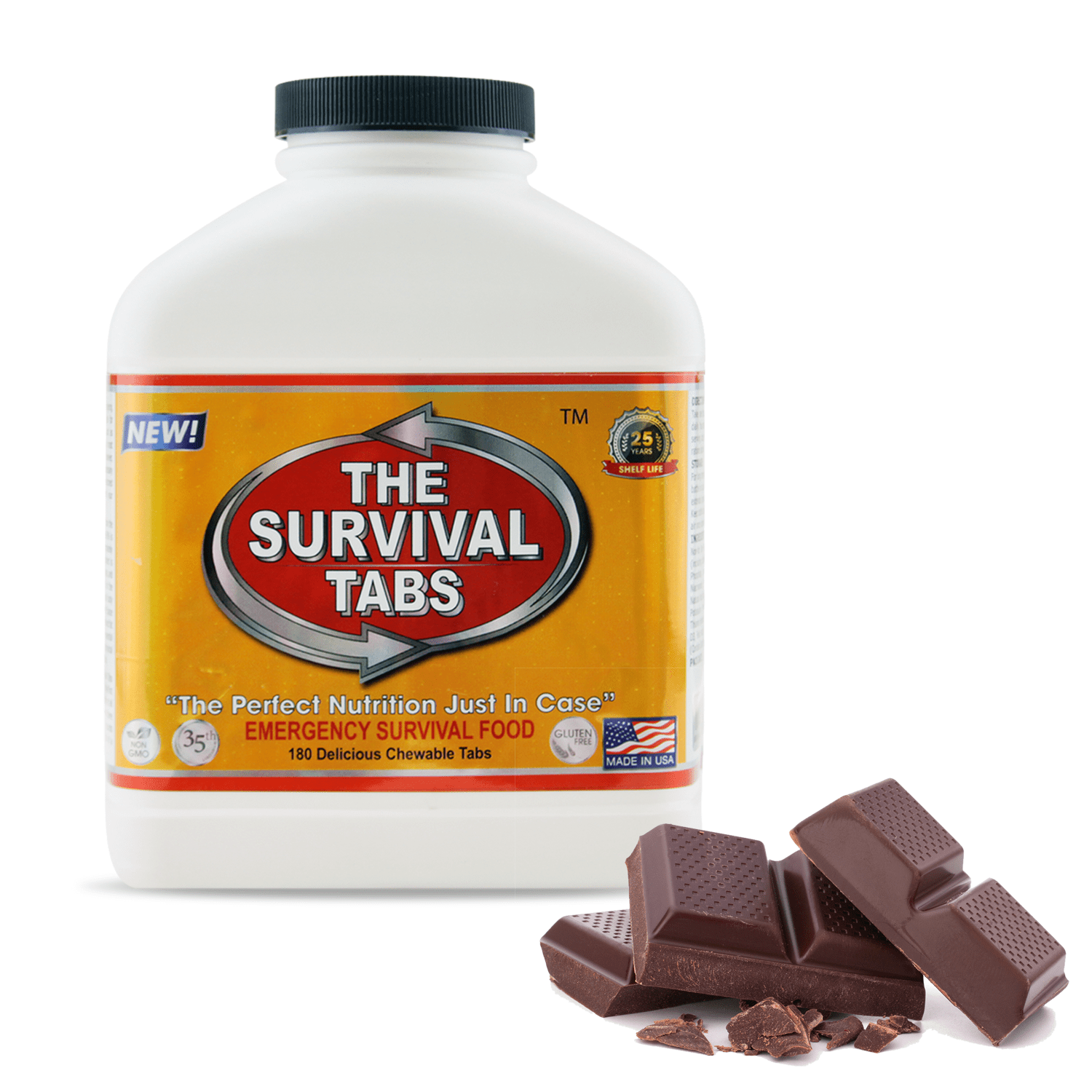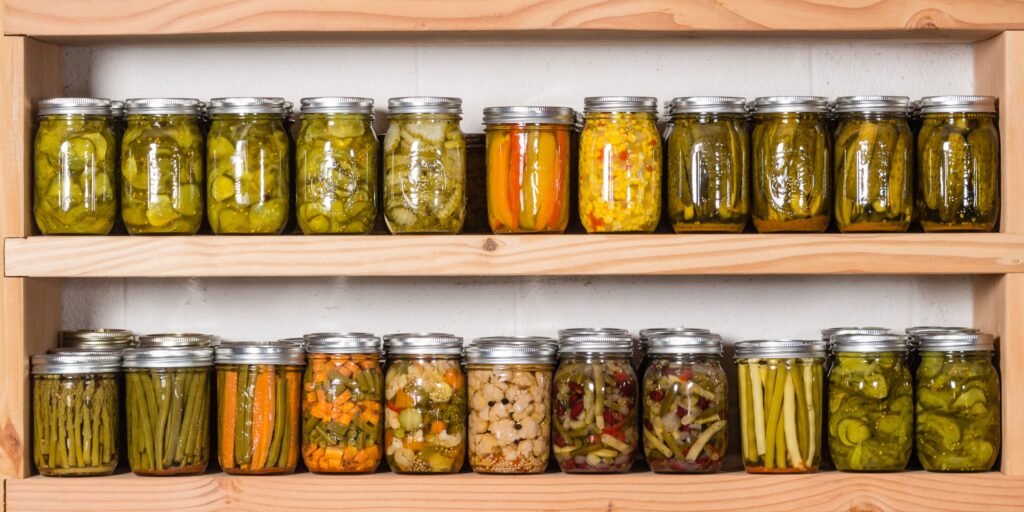

When moist products are stored in reduced oxygen packaging, botulism poisoning may occur. Moisture content of stored foods should be about 10 percent or less. PETE bottles can also be used for shorter-term storage (up to 5 years) of other shelf-stable dry foods such as white rice. Do not use containers that were previously used to store nonfood items. Other types of plastic bottles typically do not provide an adequate moisture or oxygen barrier for use with oxygen absorbers. PETE bottles are identified on the container with the letters PETE or PET under the recycle symbol. Vegetables and fruits, dehydrated (unless dry enough, inside and out, to snap when bent)īottles made of PETE (polyethylene terephthalate) plastic can be used with oxygen absorbers to store products such as wheat, corn, and dry beans. Warning: Botulism poisoning may result if moist products are stored in packaging that reduces oxygen.ĭry products that are not suitable for longer-term storage due to moisture content, oils, or other concerns include: Products intended for longer-term storage must be dry (about 10% or less moisture content). Insects and rodents: Protect products stored in foil pouches and PETE bottles from rodent and insect damage.ĭry Products for Longer-Term Food Storage.


PETE bottles (for dry products such as wheat, corn, and beans).Foil pouches (available through Church Distribution Services).Packaging Recommendations Recommended containers for longer-term storage include the following: To meet nutritional needs, also store foods containing vitamin C and other essential nutrients. You may also want to add other items to your longer-term storage such as sugar, nonfat dry milk, salt, baking soda, and cooking oil. Wheat, white rice, corn, and other grains The following suggested amounts are for one adult. New "Life-Sustaining" Shelf-Life Estimates (in Years) While there is a decline in nutritional quality and taste over time, depending on the original quality of food and how it was processed, packaged, and stored, the studies show that even after being stored long-term, the food will help sustain life in an emergency. Some basic foods do need more frequent rotation, such as vegetable oil every 1 to 2 years. Though not studied, sugar, salt, baking soda (essential for soaking beans), and vitamin C in tablet form also store well long-term.

Previous estimates of longevity were based on "best-if-used-by" recommendations and experience. Estimated shelf life for many products has increased to 30 years or more (see chart below for new estimates of shelf life). Properly packaged, low-moisture foods stored at room temperature or cooler (24☌/75☏ or lower) remain nutritious and edible much longer than previously thought, according to findings of recent scientific studies.


 0 kommentar(er)
0 kommentar(er)
